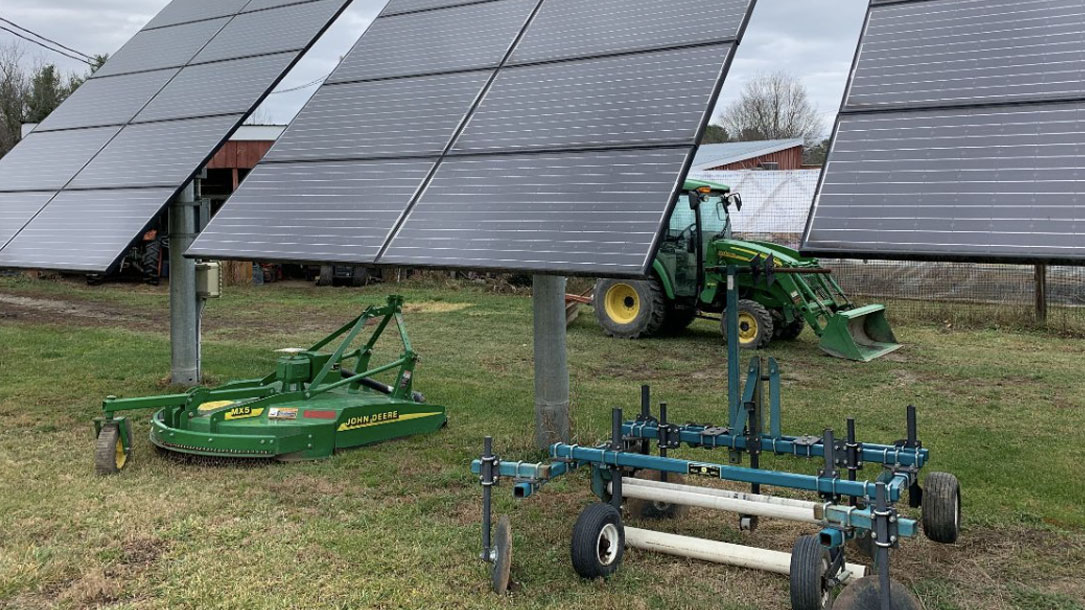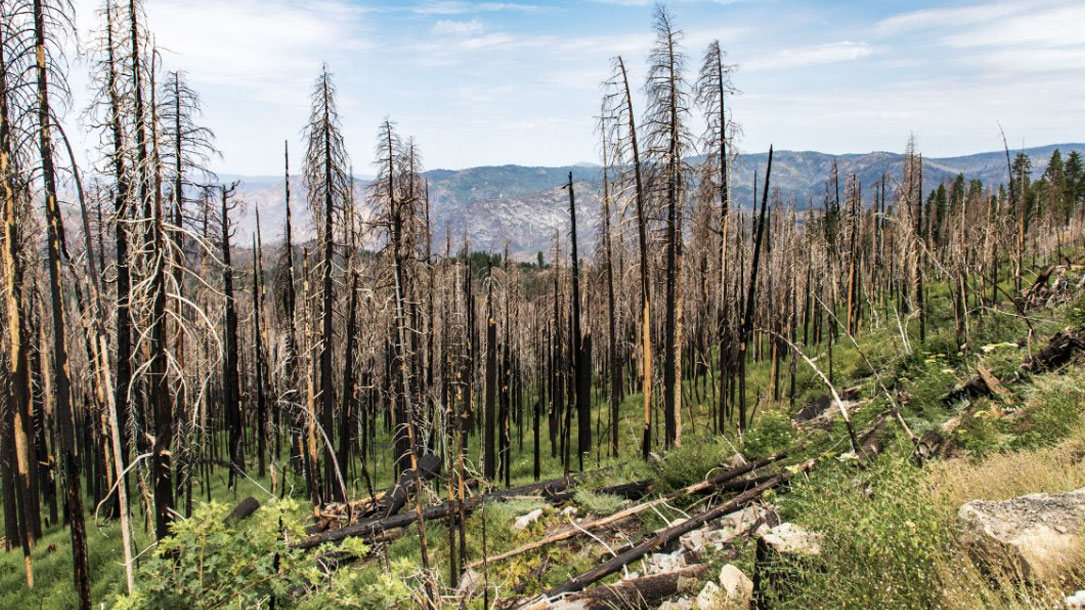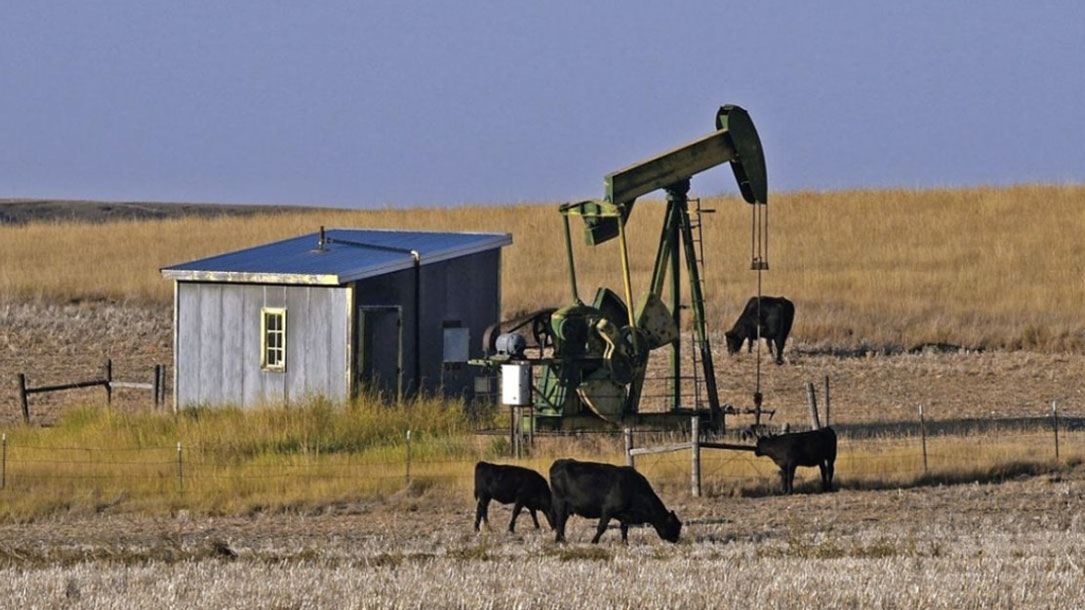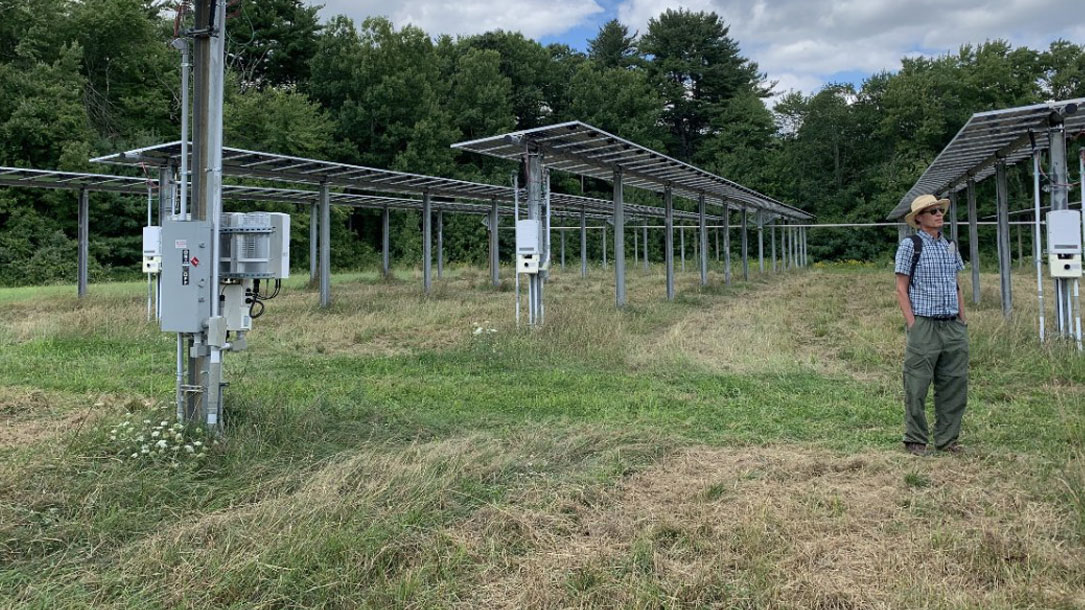
The Great Exhaustion: long-lasting pandemic effects
If you are feeling exhausted, and you are not quite sure why, you are not alone. At least once a week, I hear from patients and colleagues alike that “I am just so bone-tired, and I don’t know why.”
While I am not aware of the numbers and official statistics nationwide, I personally know many individuals who have at this point needed to take time off from work under the Family and Medical Leave Act due to COVID-19-related mental health difficulties.

Messaging guru offers list of words to use (and avoid) to build support for climate solutions
As a messaging expert, Luntz is now offering his advice on how activists should talk about the problem of climate change and solutions including clean energy, featuring his version of the ever-popular list of “words to use and lose”…

So you want to know how the Inflation Reduction Act can help you reduce your climate footprint
There are incentives for home efficiency, heat pumps, electric vehicles, home solar and battery storage, and more. But my favorite part of the bill (if I had to pick just one) is that, at its core, it incentivizes planning ahead…

Massachusetts Clean Energy Act eases path for agrivoltaic projects
The Act clarifies that an agrivoltaic project is to be treated as an agricultural use, meaning that the land can continue to be classified as agricultural land for property tax purposes and that the project is exempt from special permit requirements.
This change in law further illustrates the legislature’s intent to help farmers continue their farming operations by utilizing renewable energy, and particularly solar energy, as a means of maintaining their land in agricultural use.

Study shows worsening wildfire smoke is unraveling decades of air quality gains
Wildfire smoke now exposes millions of Americans each year to dangerous levels of fine particulate matter, lofting enough soot across parts of the West in recent years to erase much of the air quality gains made over the last two decades.
In late September, Stanford University researchers published this study that found residents of Western states were exposed to a 27-fold increase of harmful particulate matter pollution, known as PM2.5, between 2006 and 2020 as wildfires intensified.

The world’s forests do more than just store carbon, new research finds
Researchers from the U.S. and Colombia found that, overall, forests keep the planet at least half of a degree Celsius cooler when biophysical effects — from chemical compounds to turbulence and the reflection of light — are combined with carbon dioxide…

Keeping cattle on the move and carbon in the soil
The Obrechts stand at the forefront of an emerging collaboration between ranchers, conservation groups, and governmental agencies that aims to protect, restore, and revitalize the United States and Canada’s prairies — or what’s left of them…
Researchers estimate that grasslands could contain as much as 30 percent of the carbon stored in the Earth’s soil. Plowing them in order to plant crops releases large amounts of that carbon into the atmosphere…

Solar, haying, and owning the solar array
Converting arable land to energy production undermines the future of farming. But innovators like Nate know it doesn’t have to be one or the other – if done right, solar can be leveraged to support farmers, rather than threaten them.
Seeing the Massachusetts SMART program as an opportunity for revenue diversification and farmland preservation, Nate pioneered a plan to own both the solar system and the land underneath. Million Little Sunbeams does not involve a lease to a solar developer but instead was designed to allow the Tassinari family to sell the excess energy to the surrounding community — a win for the family farm that has allowed it to stay in operation…

As Congress funds high-tech climate solutions, it also bets on a low-tech one: nature
[B]eyond those headline-making investments, the legislation acknowledges a less-heralded but essential part of the effort to combat climate change: nature. Or, more precisely, that given a chance, nature can be a profound ally in the fight against climate change…

Next Generation Weather Radar (NEXRAD)
Scientists analyzed 23 years of bird migration data collected via NOAA’s Next Generation Radar system — a network of 143 radar stations across the continental U.S. — to determine the variability in the birds’ arrival times each spring.
The Next Generation Weather Radar (NEXRAD) system is a network of 160 high-resolution S-band Doppler weather radars jointly operated by the National Weather Service (NWS), the Federal Aviation Administration (FAA), and the U.S. Air Force. The NEXRAD system detects precipitation and wind, and its data can be processed to map precipitation patterns and movement. NCEI provides access to archived NEXRAD Level-II data and Level-III products.












